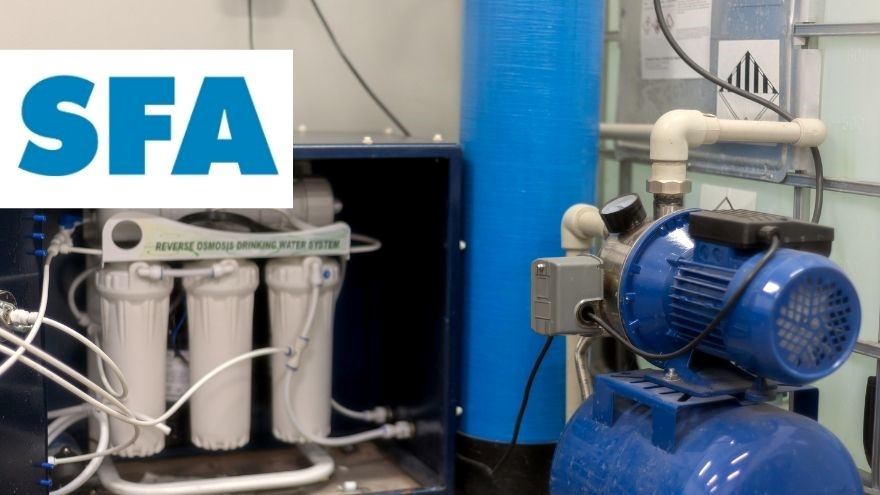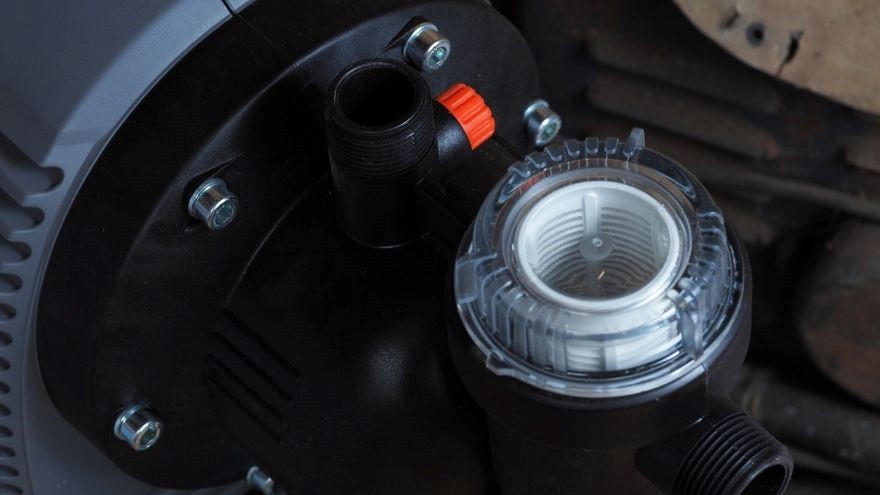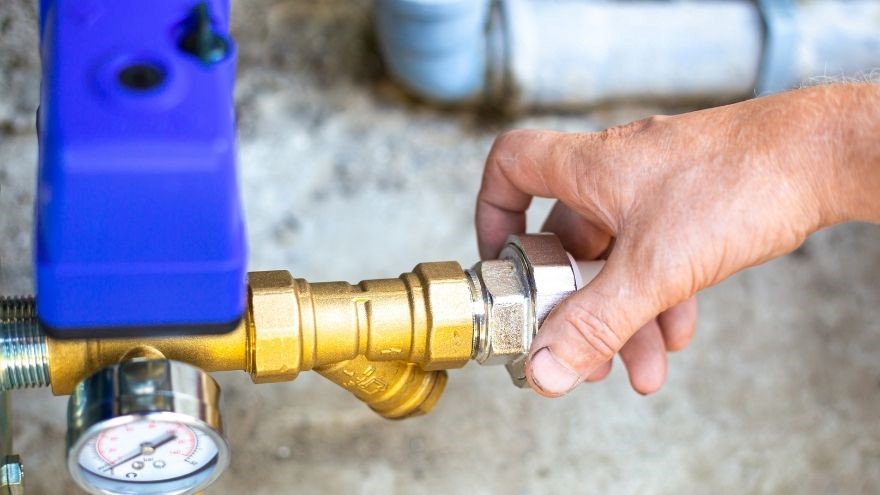In buildings that cannot be connected to the municipal sewage system, it is necessary to install a septic tank . This solution will be completely sufficient if the waste tank is located below the lowest point of the sanitary installation. Otherwise, it becomes impossible to drain sewage from the facility by gravity, which results in the need to install a home sewage pumping station. How does such a system work and what should you pay attention to before starting it?

From this article you will learn:
- how a home sewage pumping station works,
- what a home sewage pumping station looks like,
- how to design a home sewage pumping station,
- what to pay attention to when choosing a sewage pumping station.
How does a home sewage pumping station work?
The operating system of a home sewage pumping station is very simple. All waste from the building flows into a small tank located at the lowest point of the sanitary installation. It contains an electric submersible pump that raises the sewage to the appropriate height so that it goes straight to the septic tank.
One of the key elements of the system is a float switch that controls the amount of contamination. It is responsible for automatically starting the feeding pump when the tank is full. The undoubted advantage of this solution is energy saving. The mechanism does not work all the time, but only turns on when necessary.
A home sewage pumping station is a completely maintenance-free system. Provided you take care of its efficiency, it will work completely independently, guaranteeing building users a high level of comfort and safe operation of the sanitary installation.
Check out products for your home sewage pumping station
What does a home sewage pumping station look like?
Home sewage pumping stations most often consist of:
- casing – i.e. a sealed chamber with a bottom,
- covers,
- manhole – selected according to the terrain and foundation.
These types of systems typically use high-density polyethylene (PEHD) tanks. Sometimes they are also made of polyester resins (TWS), reinforced concrete or polymer concrete. The choice of material depends, among other things, on the diameter and height of the container.
The structure of a home sewage treatment plant - next to the tank - primarily includes a pumping system based on one or two submersible pumps. They are connected to the pressure installation through coupling elbows. This system is complemented by power and control devices that guarantee automatic operation of the pumps. Most often, these solutions are based on relay systems. The above-mentioned float switches are responsible for measuring the sewage level.

Installation of a home sewage pumping station
Now that you know what elements are included in the design of a sewage pumping station, it's time to consider assembling the entire system. Before starting work, it is worth considering the various benefits of placing it outside the building. When choosing this solution:
- you save space in the facility,
- you eliminate the problem of noise generated by pumps,
- you avoid unpleasant odors that may accompany any maintenance work.
If the home sewage pumping station is actually located outside, make sure that it is installed at a distance of 5 - 10 m from the building. It should be at a depth of about 200 cm. However, if you decide to install the sewage treatment plant inside the facility, make sure there is enough space for convenient maintenance. Usually, about 60 cm vertically and horizontally is enough to comfortably access the mechanism.
It is also important to include a basin for the pumping station in the case of sewage discharge from rooms. When installing in a floor slab - especially when groundwater penetrates - special attention should be paid to a tight connection.
When installing a sewage pumping station, you should also take into account the gases generated in the tank as a result of putrefaction processes. Therefore, each sewage treatment plant should be properly vented. In a similar way, it is also necessary to equalize the negative pressure that may occur as a result of pumping out waste. The ventilation duct can be routed out in several different ways:
- above the roof as a separate cable,
- above the roof as a secondary cable,
- above the roof parallel to the external downpipe,
- outside the building, with a ventilation hood.
In this situation, of course, it is necessary to ensure that the discharged gases do not interfere with the comfort of building users. The air vents should therefore be located at an appropriate distance from doors and windows, as well as from neighboring objects.

What should you pay attention to when choosing a sewage pumping station?
Sewage lifting devices available on the market may differ significantly. It is therefore very important to precisely match the selected product to the specificity of the sanitary installation installed in a given building. For this purpose, it should be assumed that waste must be pumped at a speed of not less than 0.7 m/s, because below this value, sediments often appear in the pipes and, ultimately, blockages.
In order for the pumping station to guarantee a sufficiently high sewage pumping speed, attention should be paid primarily to the following parameters:
- power (kilowatts),
- maximum sewage lifting height (in meters),
- maximum pumping capacity (in cubic meters per hour).
It is therefore necessary to perform appropriate calculations and determine approximately how much sewage and to what height will be pumped into the septic tank.
Of course, this is not the end. The type of waste pumped through the sewage treatment plant will be important. Before making an investment, it is worth determining whether the pumping station will work with:
- domestic and economic sewage,
- industrial sewage,
- storm sewage.
The selection of a pumping station should always depend strictly on its purpose. The properties of the pumped sewage affect the pump, stop fittings, seals, piping material, etc. The key features of sewage that should be taken into account before installing the system include:
- amount of suspension (and therefore also the maximum particle size),
- chemical composition,
- temperature,
- viscosity.
Knowing all the above parameters, you will easily design a home sewage treatment plant perfectly adapted to the requirements of a specific sanitary installation.
Exchange benefits in the new OnnTop loyalty platform!
Effective wastewater treatment with the SFA brand
When designing or installing a home sewage treatment plant, it is worth familiarizing yourself with the SFA brand range, which is available in our online wholesaler. The manufacturer's offer includes all the elements necessary to build a reliable pumping station - from efficient pumps, through functional grinders, to accessories facilitating the installation and operation of the system.